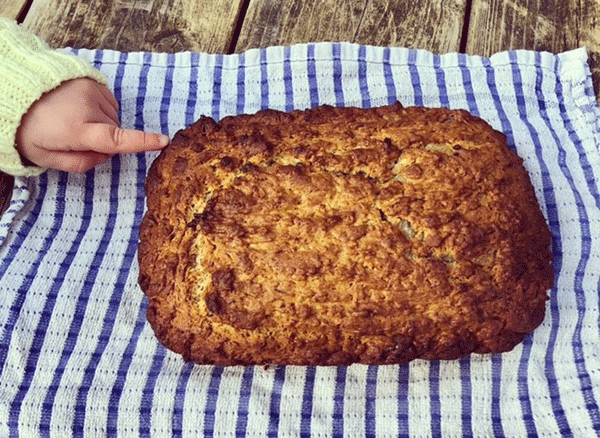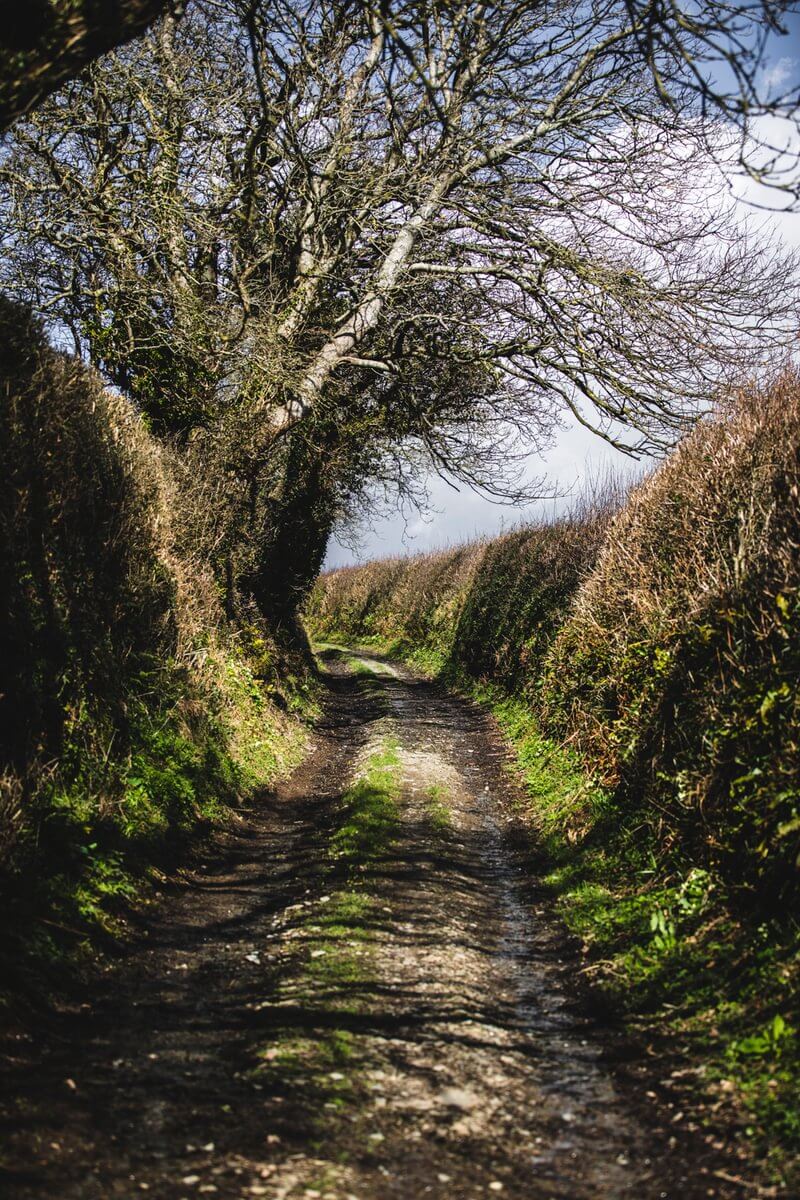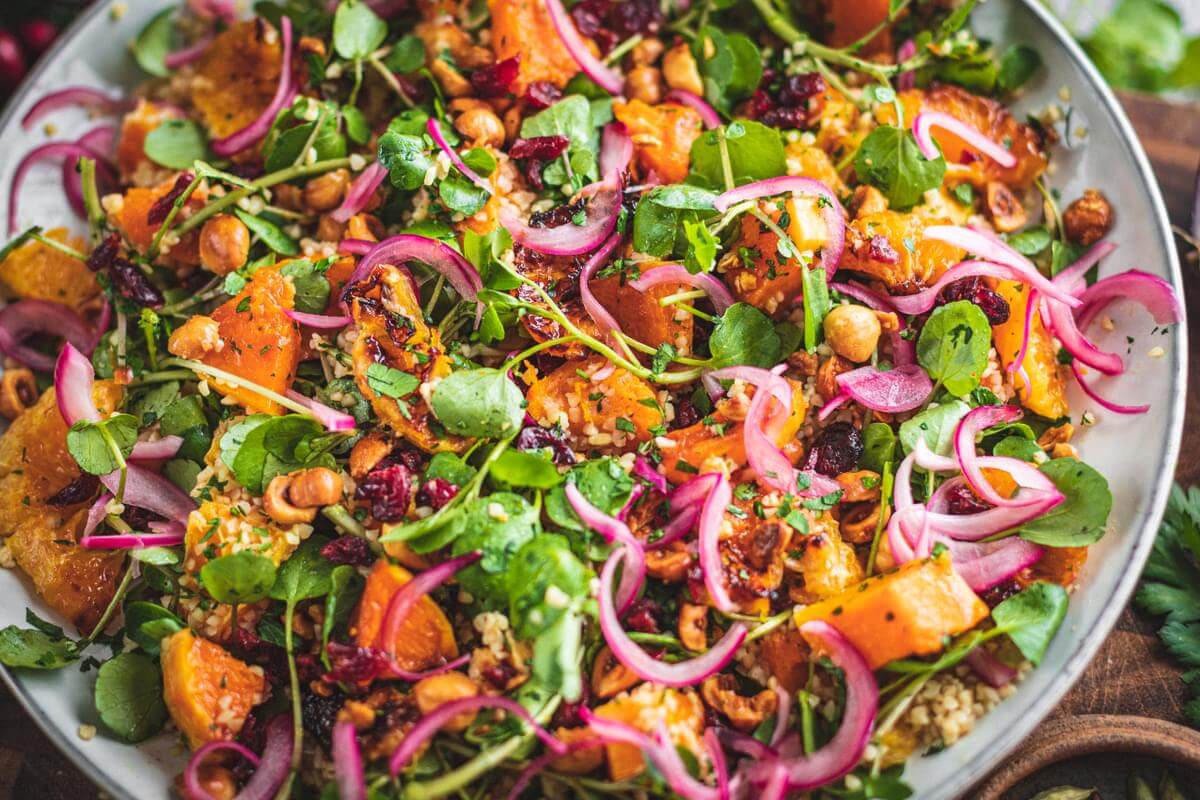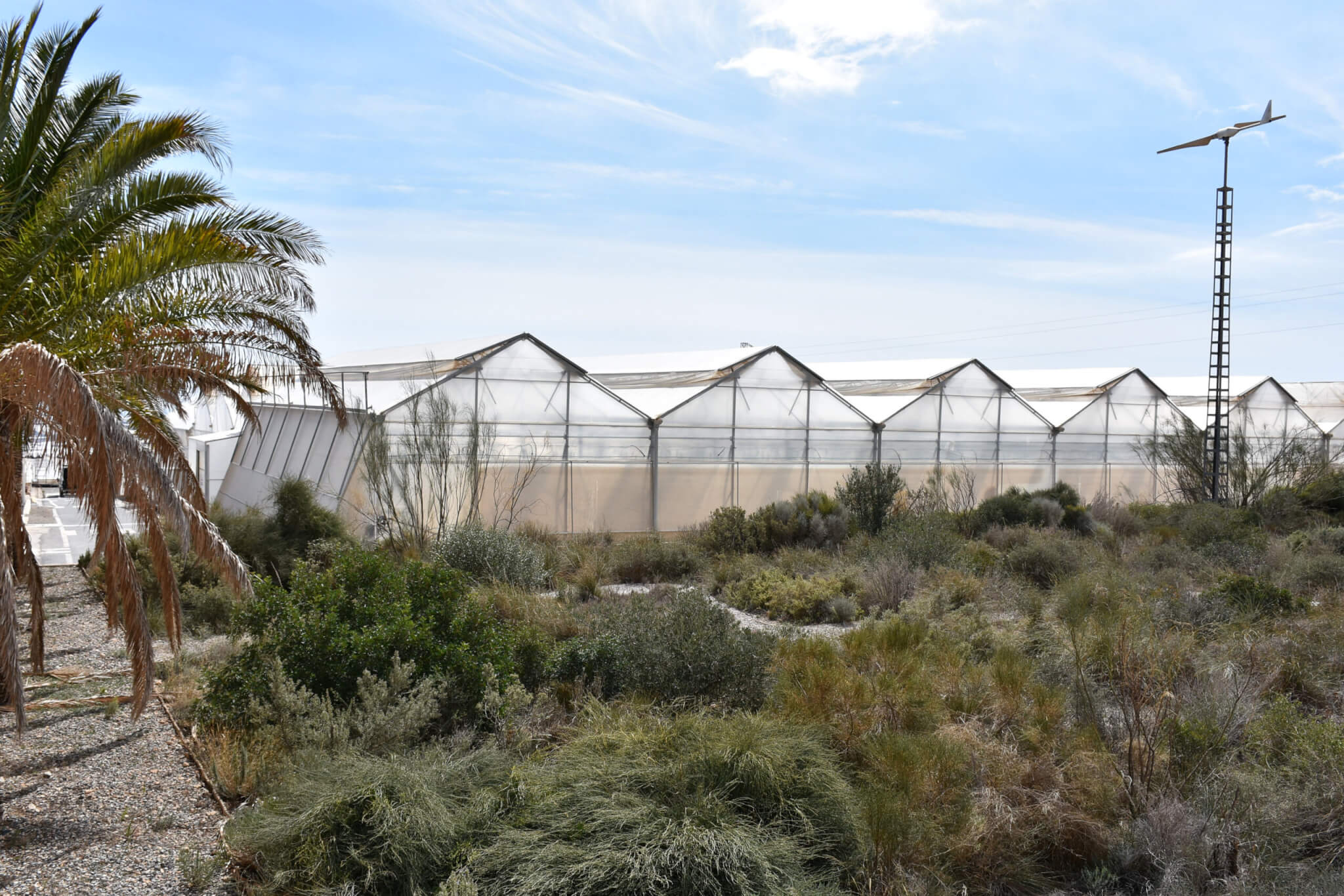Banana bread has become the unofficial baked good of lockdown. But there is a more important reason why, for me, the banana should be the official fruit of the pandemic. For the last 30 years the banana has been in the teeth of its own global epidemic, and bizarre as it may seem, a humble fruit may have some answers for all of us on how we return to a ‘new normal’.
I first made a comparison between the banana and the pandemic, when I was interviewing Fernando García-Bastidas, a researcher into plant disease based in the Netherlands, for an article I was writing for the BBC Future Food series.
Over Zoom, Fernando was describing the inexorable spread of a deadly plant disease, Tropical Race 4 (TR4), a soil-borne fungus that can be spread on the shoes of people moving between plantations. Banana plants can be infected for up to a year before showing signs of the disease in yellow wilted leaves and eventual death.
“It moves by stealth transmission,” he told me. “By the time you know you have it, it will already have been present long enough to spread to others.”
Trapped in my house, unable to go out because of a silent disease that I could unknowingly spread if I come into close contact with others, I felt a jolt of recognition.

“So, it is like a banana pandemic?”
“Yes!” Fernando first described TR4 as a pandemic in his doctorate for the University of Wageningen. He chartered its spread from Asia to Australia, the Middle East and Africa. Tragically, for him, he was recently the first to identify TR4 in his home country of Colombia, a major banana exporter. “That was a nightmare,” he adds.
To prevent further spread of the disease, most countries currently have measures in place such as disinfecting boots and preventing the movement of plants between farms, the banana equivalent to washing your hands and social distancing.

Fernando is now working at Keygene, a research company in the Netherlands, trying to find a non-GM solution to the ‘banana pandemic’. He points out that one of the reasons TR4 has taken hold is that most commercial bananas are not only the same variety, but the same plant. The Cavendish banana is the dominant variety and each individual banana plant is a clone planted in a vast monoculture.
Fernando and others are looking at other varieties, including wild bananas, that may show resistance to the disease. Through plant breeding it is hoped a new variety will emerge with some resistance to TR4. Other projects have recently had success with GM bananas. But in the long term it is the whole system of banana farming that needs to change to prevent disease.
Dan Bebber, associate professor of ecology at the University of Exeter, has spent the last three years looking at ways to protect our bananas against disease and climate change as part of a UK government-funded project Bananex. He says better care of the environment is key. Like most crops, bananas need healthy soil to fight disease and that means cutting down on chemical use.
Allowing wildlife back into plantations will also help with the control of disease, as predatory insects will eat the pests. Diversifying the crop so we eat different varieties is another way of blocking spread of disease.
Bebber says that organic and Fairtrade bananas go some way to implementing these measures, but ultimately the whole industry needs to change to face a chance of surviving the TR4 pandemic. It is a ‘new normal’ that will mean more expensive bananas in the future, but hopefully at less expense to the environment.












I wish we knew how to access bananas that are not the Cavendish variety….. could we then encourage growers to diversify?
Could we read an article about our Riverford bananas and who grows them?
Here’s a video about one Riverford’s growers in the Dominican Republic: https://youtu.be/O96W2gxhWGs
Interestingly, the Dominican Republic and the Caribbean area is one of the few areas you can grow organic bananas commercially because there is low incidence of Black Sigatoka disease. In other places where large quantities of bananas are grown, pesticides are required to combat the disease to be able to viably grow the banana.
55% of all organic bananas are grown in the Dominican Republic!
http://www.fao.org/world-banana-forum/projects/good-practices/organic-production-dominican-republic/en/#.YFiHWy2cZ0s
There is a movement to try and get more varieties of bananas available to the general public. Check out the Bananageddon film https://bananageddon.webflow.io/ Basically a group of young scientists are trying to tell the true story of bananas so crowdfund it if you can! They are also setting up a Banana List that will tell you where different varieties of bananas are sold. At the moment it is mostly in shops catering for Caribbean or Asian communities. So you can get plantain etc in Bristol and London. Hopefully more varieties will come on the market. The trouble is transporting them because cavendish are so good at storing them. So the best way might be in baby food or cereal bars – there are people working on that! I’d love to hear how you get on finding different varieties if you can let me know via social media. I have tried different ones in Sri Lanka and they were delicious! In India they eat loads of varieties and think the cavendish is tasteless. I’ve only ever eaten different varieties in the dried form in the uk. But hope that is going to change soon!
Hi Jack! Basically the healthier the soil, the better bananas are able to fight disease like TR4 so organic methods are being looked at by conventional farmers – just like they are everywhere else. I’d say Fair trade is also a good label to look out for with bananas. Preferably both!
Just watched the bananas film Jack recommended and see Riverford bananas are Fairtrade as well as organic, which is a good thing as there have been worries about workers’ rights in the Dominican Republic. I guess these bananas are slightly higher cost but surely this is something we can afford to ensure our fruit is ethical?
Hi Louise, am I right in thinking that the reason you can grow organic bananas so well in the Caribbean Island but not elsewhere, is because of the hot but dry and windy conditions? In other places it’s too hot and humid, so there’s higher risk of disease? Thanks, Jack
I know that organic is impossible to grow in parts of South America because chemical use is so intense there is very little land left that is left/ uncontaminated/ suitable. And yes Caribbean climate means disease is actually possible to control with organic methods. Interestingly we used to get all our bananas from the Caribbean in the uk but switched after we joined the EU and could no longer favour those countries under trade law. The biggest supplier now for the uk is Costa Rica. I believe Colombia is doing well for fair trade and you can also get fair trade from Panama.